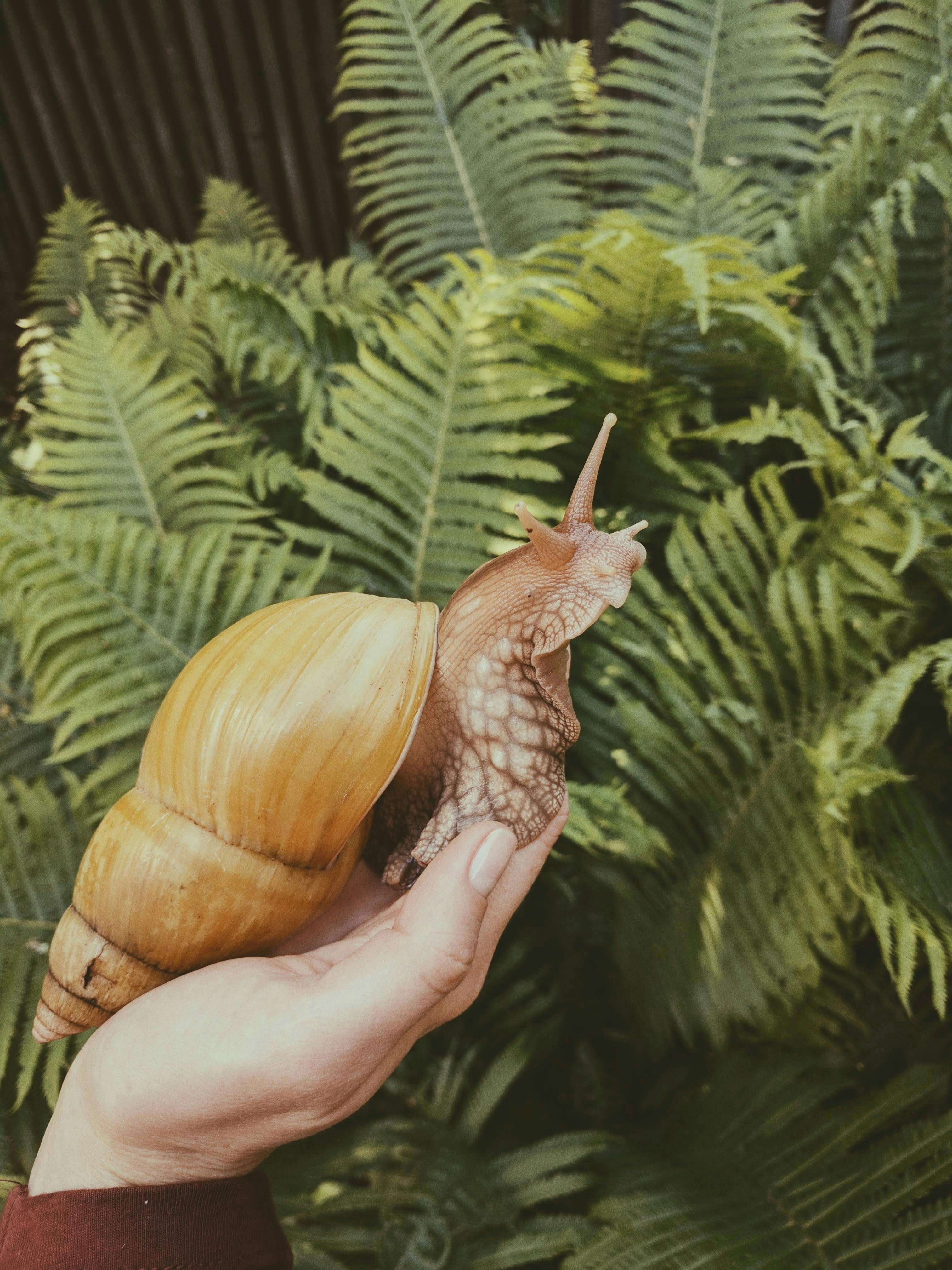Exploring the Unique World of Pet Snails
Gastropods as companions: The growing trend of keeping snails as pets has captivated animal enthusiasts worldwide. These fascinating creatures, often overlooked in the realm of exotic pets, offer a surprisingly engaging and low-maintenance alternative to traditional companion animals. From their intriguing biology to their diverse species, pet snails are revolutionizing the way we think about unconventional animal companions.

The Appeal of Pet Snails
Pet snails offer a range of advantages that make them attractive to both novice and experienced pet owners. Their small size and minimal space requirements make them ideal for those living in apartments or with limited room for larger pets. Snails are also relatively low-maintenance, requiring simple care routines and inexpensive supplies. Additionally, their quiet nature and lack of allergenic properties make them suitable for individuals with sensitivities to fur or noise.
Species Diversity in the Pet Snail World
The world of pet snails is surprisingly diverse, with numerous species available to enthusiasts. Some popular choices include the Giant African Land Snail (Achatina fulica), known for its impressive size and docile temperament, and the Garden Snail (Cornu aspersum), a common species that adapts well to captivity. Other sought-after varieties include the Milk Snail (Otala lactea) and the Roman Snail (Helix pomatia), each offering unique characteristics and care requirements.
Setting Up a Snail Habitat
Creating an appropriate habitat is crucial for the health and well-being of pet snails. A terrarium or similar enclosure serves as the foundation, with a substrate mixture of coconut fiber and soil providing a comfortable environment for burrowing and egg-laying. Humidity levels should be maintained between 75-90%, depending on the species, while temperature requirements vary but generally fall between 68-80°F (20-27°C). Decorative elements such as bark, plants, and hiding spots enhance the habitat and provide enrichment for the snails.
Nutrition and Feeding Practices
Proper nutrition is essential for maintaining healthy pet snails. These herbivorous creatures thrive on a diet primarily consisting of fresh vegetables and fruits. Popular choices include lettuce, cucumber, carrots, and apples. It’s important to avoid acidic foods and those high in oxalic acid, which can be harmful to snails. Supplementing their diet with a calcium source, such as cuttlebone or crushed eggshells, is crucial for shell health and growth. Feeding should occur every 1-2 days, with uneaten food removed promptly to prevent mold growth.
Health and Wellness Considerations
While generally hardy, pet snails can face health issues if not properly cared for. Common concerns include shell damage, parasitic infections, and dehydration. Regular health checks, including inspecting the shell for cracks or abnormalities and monitoring the snail’s activity levels, are essential. Maintaining proper humidity and cleanliness in the habitat helps prevent many potential health problems. In cases of illness or injury, consulting with a veterinarian experienced in exotic pets is recommended.
Breeding and Reproduction
For those interested in snail breeding, understanding their reproductive cycle is crucial. Most pet snail species are hermaphrodites, possessing both male and female reproductive organs. Mating typically occurs when environmental conditions are favorable, with snails exchanging sperm before laying eggs in the substrate. The incubation period varies by species but generally ranges from 2-4 weeks. It’s important to note that some jurisdictions have restrictions on breeding certain snail species, particularly invasive ones like the Giant African Land Snail.
Legal Considerations and Responsible Ownership
Before acquiring pet snails, it’s essential to research and comply with local regulations. Some species, particularly those considered invasive, may be prohibited in certain areas. Responsible ownership includes preventing escapes, which could potentially impact local ecosystems. Additionally, owners should be prepared for the long-term commitment, as many snail species can live for several years with proper care.
The Educational Value of Pet Snails
Beyond their role as pets, snails offer significant educational opportunities. Their unique biology, including their spiral shells and radula feeding mechanism, provides fascinating subjects for study. Observing snail behavior and life cycles can be an engaging way to introduce children and adults alike to concepts in biology, ecology, and animal husbandry. Many schools and educational programs have begun incorporating pet snails into their curriculum, recognizing their value as teaching tools.
The Future of Snail Keeping
As the popularity of pet snails continues to grow, so does the community of enthusiasts and the body of knowledge surrounding their care. Online forums, social media groups, and dedicated websites have emerged, allowing snail keepers to share experiences, advice, and resources. This growing interest has also spurred developments in specialized snail care products, from custom-designed habitats to tailored dietary supplements. The estimated price range for starting a snail-keeping hobby varies but generally falls between $50-$200, depending on the species and setup chosen.
In conclusion, the world of pet snails offers a unique and rewarding experience for those willing to explore beyond traditional companion animals. Their fascinating biology, diverse species, and relatively simple care requirements make them an excellent choice for a wide range of pet owners. As interest in these gastropod companions continues to grow, so too does our understanding and appreciation for these remarkable creatures, solidifying their place in the ever-expanding world of exotic pet keeping.





